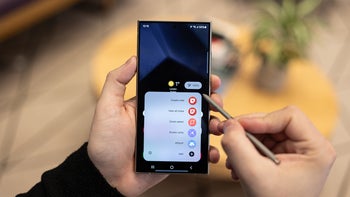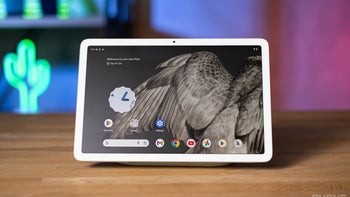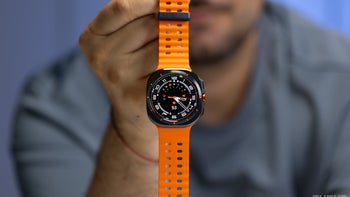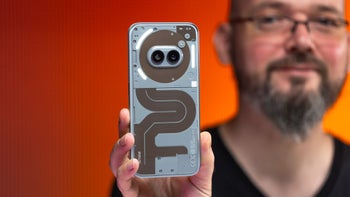Microsoft patents a display technology that automatically changes the zoom level of the displayed content

Several days ago, we told you that Microsoft's rumored flagship, which is rolling under the "McLaren" codename, might come with a 3D Touch technology, which would allow users to control said device in a Kinect-like fashion – with gestures and without touching its touchscreen display at all. It is also being speculated that the device might hit the shelves this fall. Well, one could only wait and see if these rumors hold water, but one of the latest patents of the Redmond giant slightly hints us that the McLaren might come with even more touch-free control capabilities on board.
Microsoft patented an image display system, which changes the zoom level of the content that is displayed on a smartphone's screen according to the distance between the device and the user's eyes. This will allow your smartphone to automatically zoom content in and out depending on how far it is from your eyes. Microsoft states that this will allow users feel like they're looking through a "virtual window".
As usual, the technology that is described in this patent might never see the light of day, but sound logic says that if Microsoft plans on implementing it in one of its devices, then it would probably use it in the “McLaren”. It would be a nice addition to the rumored 3D Touch technology. As time unfolds, we will know more.
source: USPTO via WMPoweruser
Let's say that you are browsing a map on your smartphone. Normally, one would pinch the map in and out in order to change the zoom level. Well, Microsoft's patent suggests that fingers won't be necessary any more - simply moving the smartphone back and forth will do it for you. This functionality might also come in handy when it comes to viewing detailed documents or photographic images - bringing the phone closer to your face might either zoom in or out. The patent description also explains that either a motion sensor and/or a depth-sensing camera could be tasked with determining the distance between the device and the eyes of the viewer.
source: USPTO via WMPoweruser














Things that are NOT allowed: